Before Bad Bunny: Eight trailblazing queer icons from Puerto Rico
Since the dawn of the 2020s, Puerto Rico’s Bad Bunny has captured the attention of the global queer world by donning drag in a music video, honoring a murdered trans woman on “The Tonight Show,” locking lips with his male backup dancer at MTV's Video Music Awards and, most recently, kissing Gael García Bernal in the new movie “Cassandro.”
No less than Ricky Martin has called Bad Bunny, Puerto Rico’s latest hijo favorito, “an icon for the Latin queer community.” But the trap musician is just the latest in a long line of queer icons to hail from Puerto Rico, a pantheon including activists, an athlete, an astrologer, the highest-seated judge in the land — and, of course, Martin himself.
Ricky Martin

Before Bad Bunny even took his first breath, Ricky Martin was well on his way to becoming Puerto Rico’s biggest musical export of all time. Born Enrique Martín Morales in 1971 in San Juan, Martin rose to fame as a member of the rotating-member boy band Menudo from 1984 to 1989. As Martin’s fame as a solo artist grew during the 1990s, rumors about his sexuality swirled, prompting Barbara Walters to attempt to out him during an interview in 2000 (she later apologized for her insensitivity). Ten years later in 2010, just weeks after fellow former Menudo member Angelo Garcia came out himself, Martin announced on his website that he was “proud to say that I am a fortunate homosexual man.” His LGBTQ activism in the years since has earned him numerous global accolades, including GLAAD’s Vito Russo Award and the Human Rights Campaign’s National Visibility Award. Now the father of four children, Martin and family still live part-time in Puerto Rico — where he’s so adored by proud Boricuas that many flock to his favorite sites, including a waterfall in El Yunque National Rainforest.
Rosalina Ramos
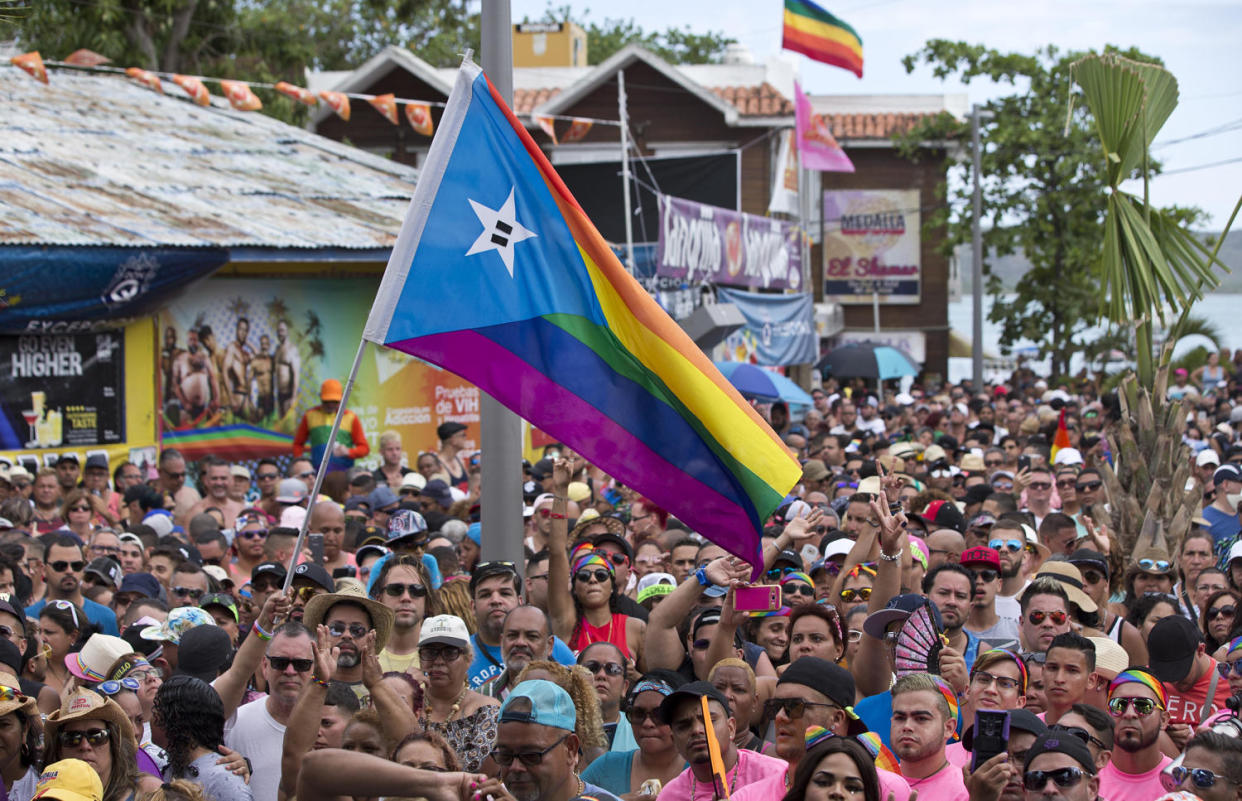
Known as the godmother of Puerto Rico’s LGBTQ community, activist Rosalina “Talín” Ramos, born in 1938, was at the forefront of the island’s queer revolution in the 1980s and ’90s. In 2003, she founded Orgullo Boquerón (Boquerón Pride), which with its Parada Gay del Oeste (Gay Parade of the West) grew to become the largest LGBTQ celebration in Puerto Rico and one of the largest in the entire Caribbean. An anesthesiologist by trade, Ramos died in September 2021, and was survived by her wife, Ivonne. Just two weeks later, a monument to her work and to diversity in Puerto Rico was dedicated at Plaza Mirador in Boquerón.
Walter Mercado
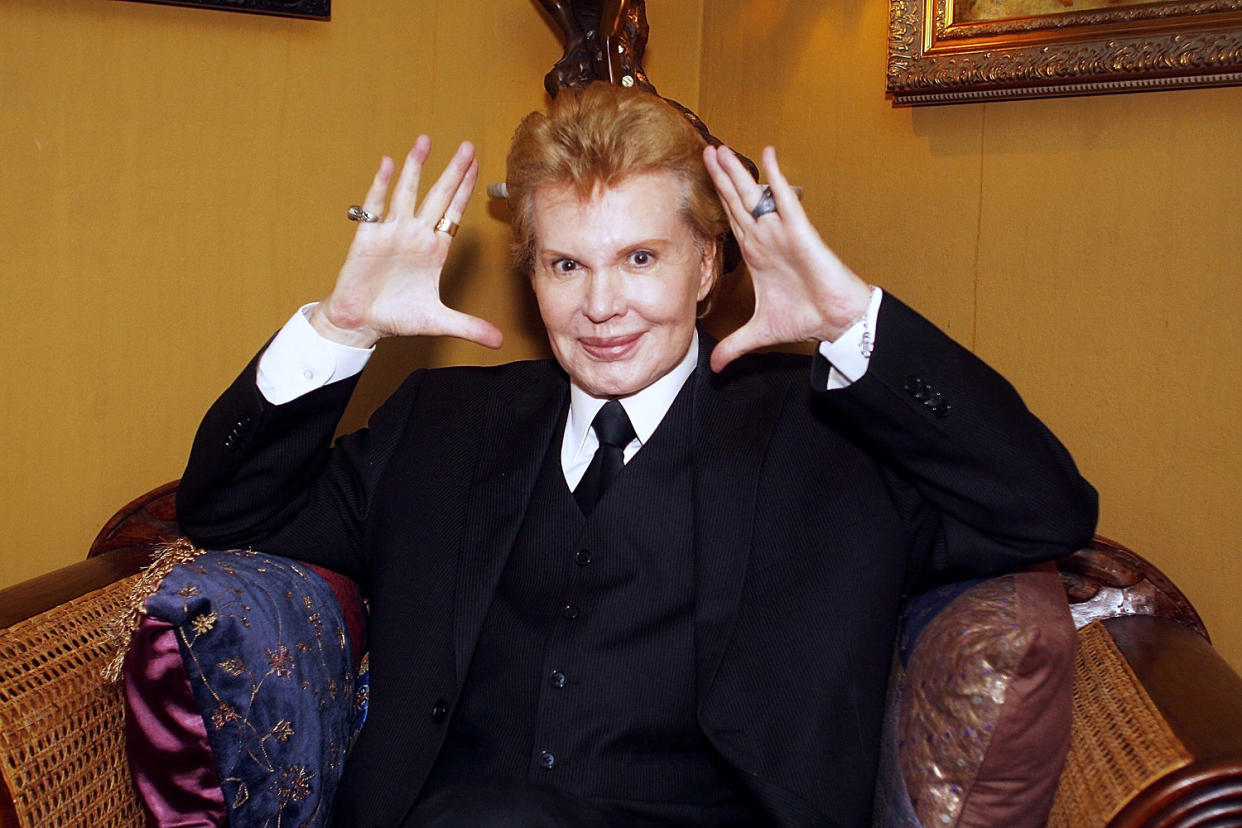
Beloved throughout the Latin world and beyond for his captivating and flamboyant TV astrology reports, Walter Mercado was born in 1932 in Puerto Rico’s second-largest city, Ponce. Originally forging a career as a dancer and an actor, Mercado became more widely known in the 1970s for his horoscope segments on the small screen, first televised locally in Puerto Rico and expanding across Latin America and to the U.S. mainland in the 1980s. Mercado’s unapologetically binary-bucking presence gave courage to Puerto Rico’s nascent queer community and led to predictable curiosity from the mainstream about his own sexuality. He steadfastly refused to define himself in conventional terms, stating in the 2020 Netflix documentary “Mucho, Mucho Amor: The Legend of Walter Mercado” that his sexuality was “with the wind, with the flowers in the garden, with all the beautiful displays of nature … I have sex with life.” A 2019 Miami exhibition called “Mucho, Mucho Amor: 50 Years of Walter Mercado” honored his half-century career, closing just two months before Mercado passed into the next world. An antique shop in San Juan’s Plaza de Americas shopping mall still sells costumes and memorabilia from his estate.
Maite Oronoz Rodríguez & Gina Mendéz-Miró
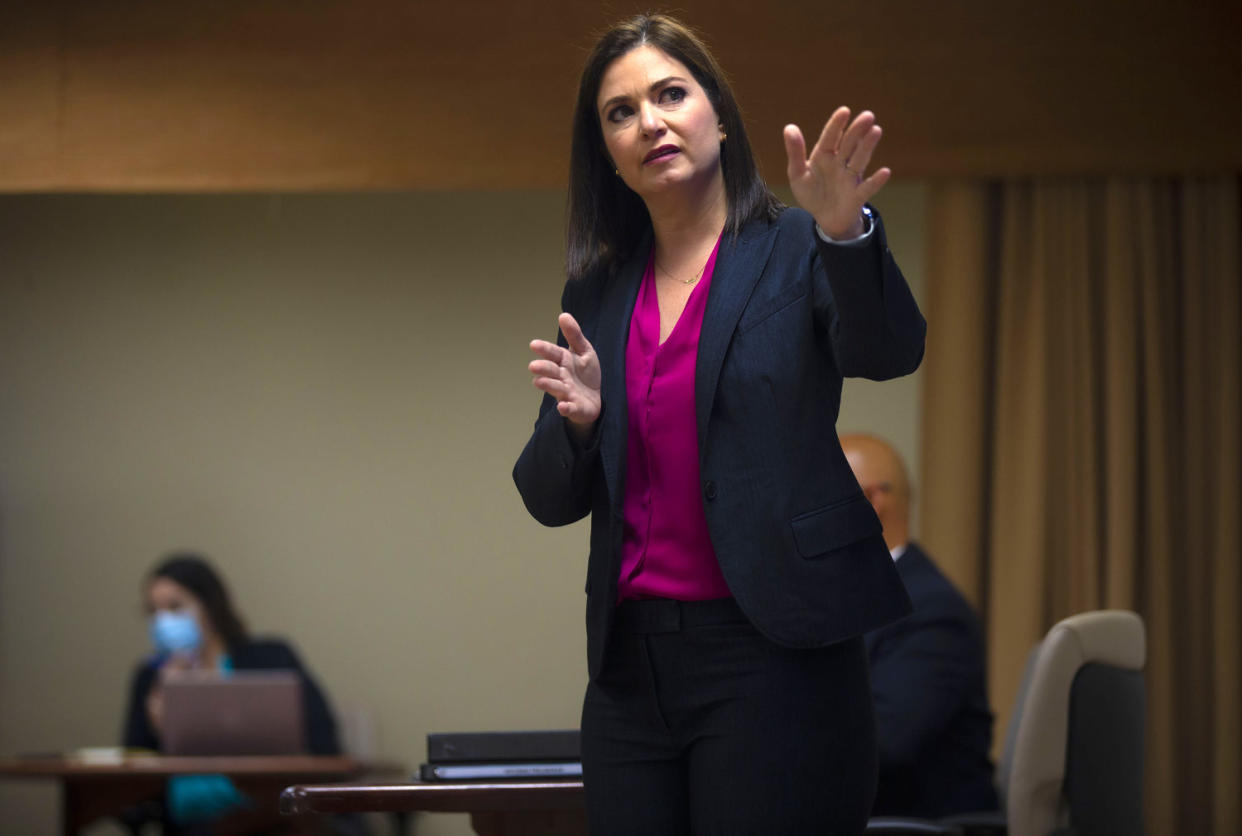
If ever there was a power judicial couple, Puerto Rico’s Maite Oronoz Rodríguez and Gina Mendéz-Miró are it. Oronoz Rodríguez, 47, has been the chief justice of Puerto Rico’s Supreme Court since 2016, having become its first out LGBTQ Supreme Court justice just two years prior. Meanwhile this February, her wife, Mendéz-Miró, 49, became Puerto Rico’s first openly LGBTQ U.S. federal district court judge when she was confirmed by the Senate after being nominated by President Joe Biden. The couple are parents to twins, a boy and a girl, who in 2018 made Oronoz Rodríguez Puerto Rico’s first chief justice to give birth in office.
Orlando Cruz
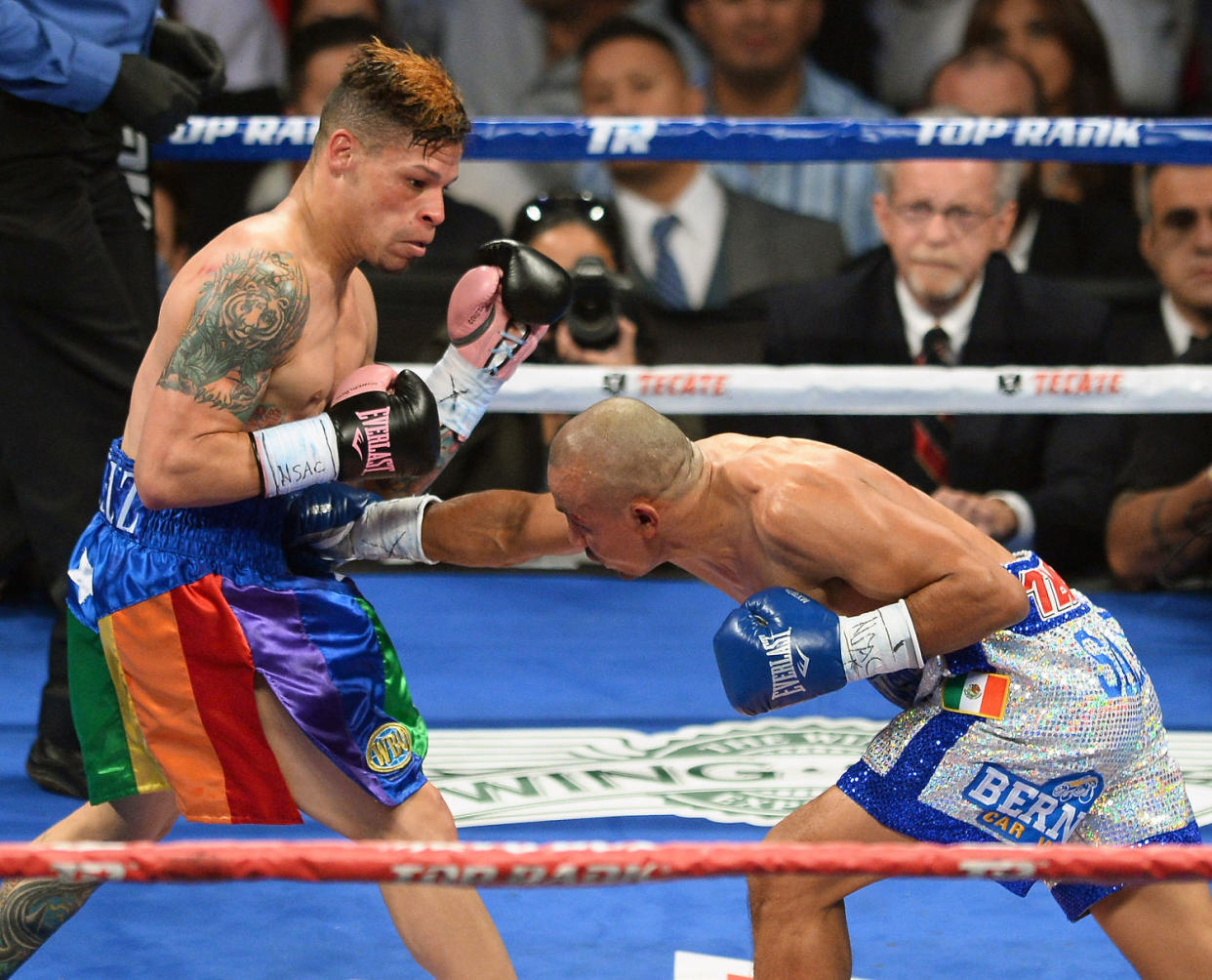
After boxer Orlando Cruz represented Puerto Rico at the 2000 Olympic Games in Sydney, Australia, he promptly turned professional and remained undefeated until 2009. Cruz came out as gay during a 2012 Telemundo interview, becoming the first professional boxer to do so. The following year he became one of the first inductees into the National Gay and Lesbian Sports Hall of Fame. Cruz, who was born in the southeastern town of Yabucoa in 1981, took the North American Boxing Organization’s super featherweight title in 2015, but fell just short of his goal of becoming the first openly gay world boxing champion. In 2017 he was featured in a Lululemon ad campaign called Strength to Be, and was the grand marshal of the Chicago Pride Parade in 2018. Now retired from boxing and living in Fort Lauderdale, Florida, Cruz remains the only male professional boxer to have come out while still in competition.
Christina Hayworth
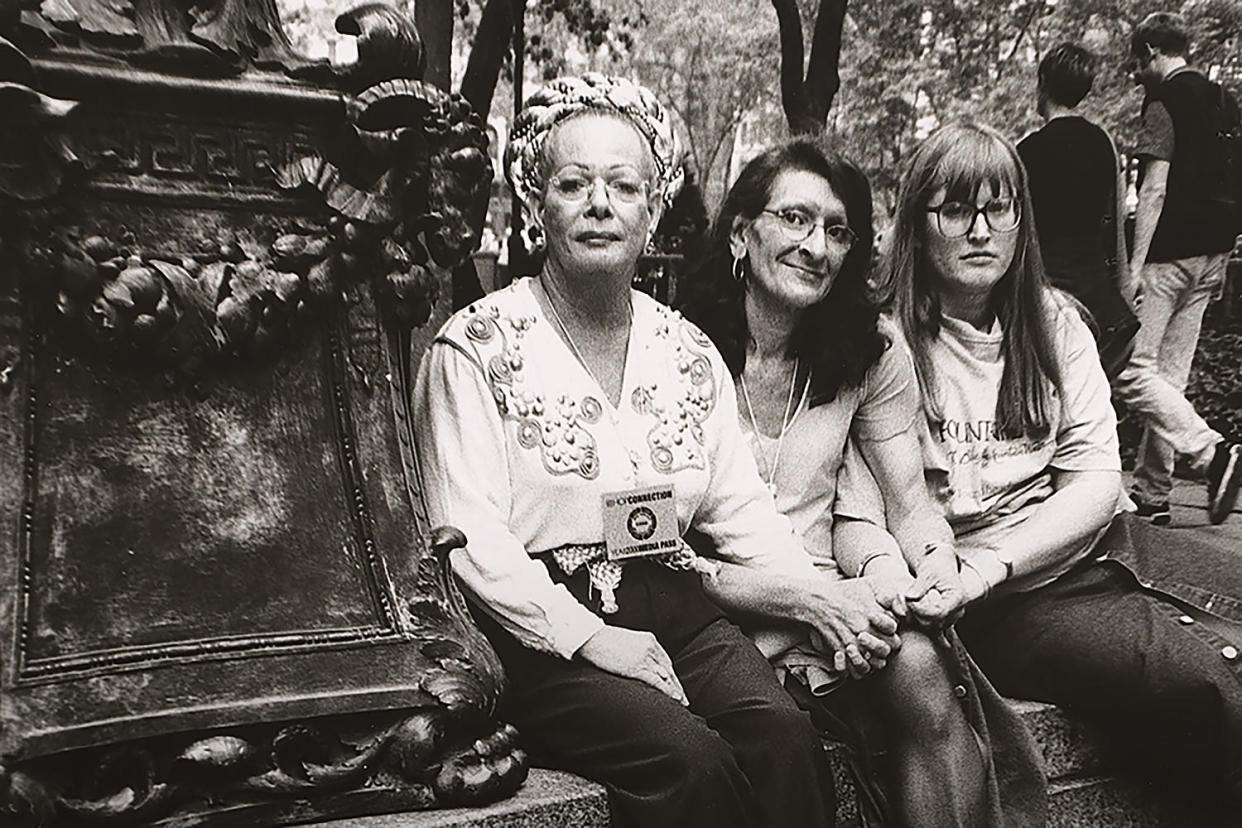
A veteran of both the Vietnam War and the Stonewall uprising, Christina Hayworth was one of the first openly transgender people in Puerto Rico. Born in the eastern city of Humacao in 1944, Hayworth spent much of her early adult life on the U.S. mainland before returning to her native Puerto Rico. A journalist, activist and the founder of Herencia de Orgullo (Heritage of Pride), Hayworth led Puerto Rico’s first Pride parade through San Juan’s Condado district in 1991. Hayworth appeared in the first portrait of transgender Americans to hang in the Smithsonian’s National Portrait Gallery, alongside her friend Sylvia Rivera and Rivera’s partner, Julia Murray. Taken by Puerto Rican photographer Luis Carle in 2000, the portrait was part of the museum’s “Struggle for Justice” exhibition in October 2015. Hayworth died in Puerto Rico in 2021.
Pedro Julio Serrano
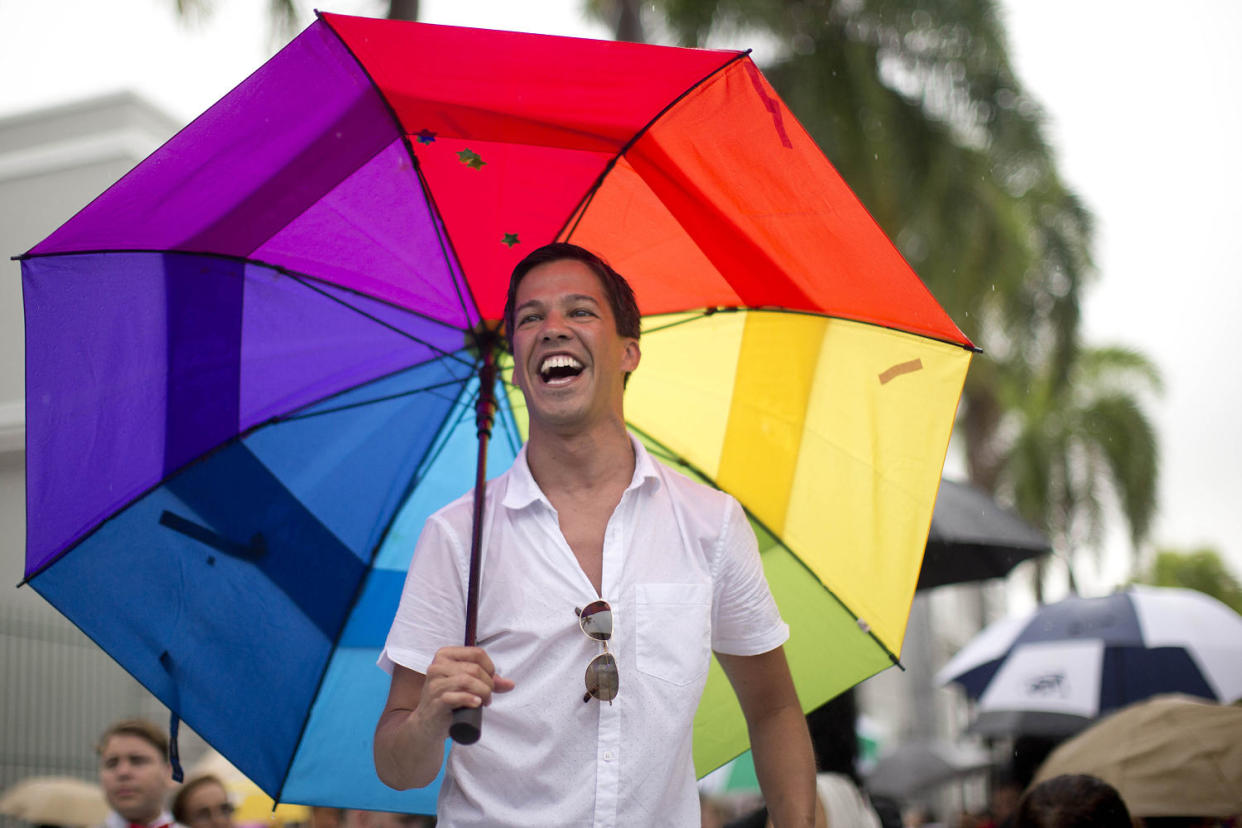
In 1998, Pedro Julio Serrano announced his candidacy for Puerto Rico’s House of Representatives when he was just 24 years old. Though his candidacy was not successful, he became the island’s first openly LGBTQ and HIV+ person to run for elective office. In 2003 Serrano, a native of Ponce, founded Puerto Rico Para Todes (Puerto Rico for Everyone), a nonprofit that fights for equal rights and inclusion of LGBTQ communities. In the decades since, Serrano has received numerous awards and accolades for his activism, and is an organizer and spokesperson for Orgullo Boquerón, Puerto Rico’s largest Pride event, as well as a director at Waves Ahead, which provides support to older adults and other marginalized and vulnerable sectors of Puerto Rico’s queer society.
